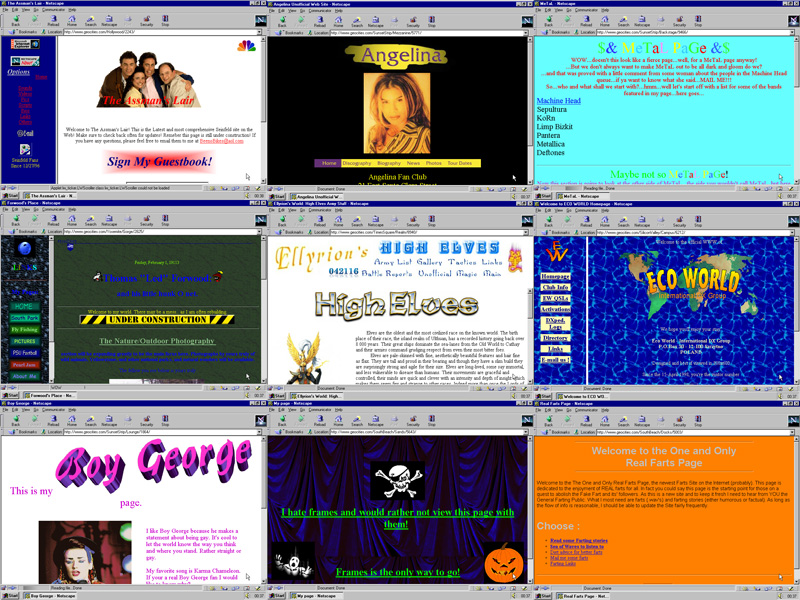Unfortunately, history also inevitably includes unfortunate events. One such is the destruction of the space shuttle Challenger, which occurred at the end of January 1986. In addition to this tragic event, in today's column we will also recall the acquisition of the GeoCities service by Yahoo.
It could be interest you

The Destruction of the Challenger (1986)
January 28 was written in black letters in the history of astronautics. The tragic crash of the space shuttle Challenger took place on that day. Challenger was originally supposed to launch on January 22, but for operational reasons, the launch was postponed to January 28. In addition, there was another two-hour delay on the day of the start due to computer problems. Some doubted the safety of the launch due to the fact that the temperature at the site fell below zero, but after a press conference it was decided that the Challenger would simply fly off. The launch finally took place at 11:38 local time, the crew consisted of Francis Scobee, Michael Smith, Ellison Onizuka, Judith Resnik, Gregory Jarvis, Christa McAuliffer and Ronald McNair.
No one noticed the black smoke coming from the engine area during the start. The first minute of the flight passed without significant problems, but gradually smoke and then flames began to appear. The main fuel tank was damaged and the escaping hydrogen ignited, followed by a fuel tank explosion. Eyewitnesses could observe how the space shuttle turned into a ball of fire, from which fragments were gradually separated, leaving behind streams of exhaust fumes. The connection with the shuttle was broken, the engines continued to fly. Due to concerns about the possibility of impact in populated areas, their self-destruction was ordered. None of the crew members survived the accident.
Yahoo buys GeoCities (1999)
On January 28, 1999, Yahoo acquired the GeoCities platform for $3,65 billion. It was a web hosting service that started its operations in 1994. GeoCities was founded by David Bohnett and John Rezner. In the original version, interested parties always chose the "city" under which the hyperlinks of their websites were listed. Virtual cities were named after real cities or regions, while the content was always related to the industry with which the given city was connected - under SiliconValley fell sites related to computer technology, under Hollywood, for example, sites related to the entertainment industry.

